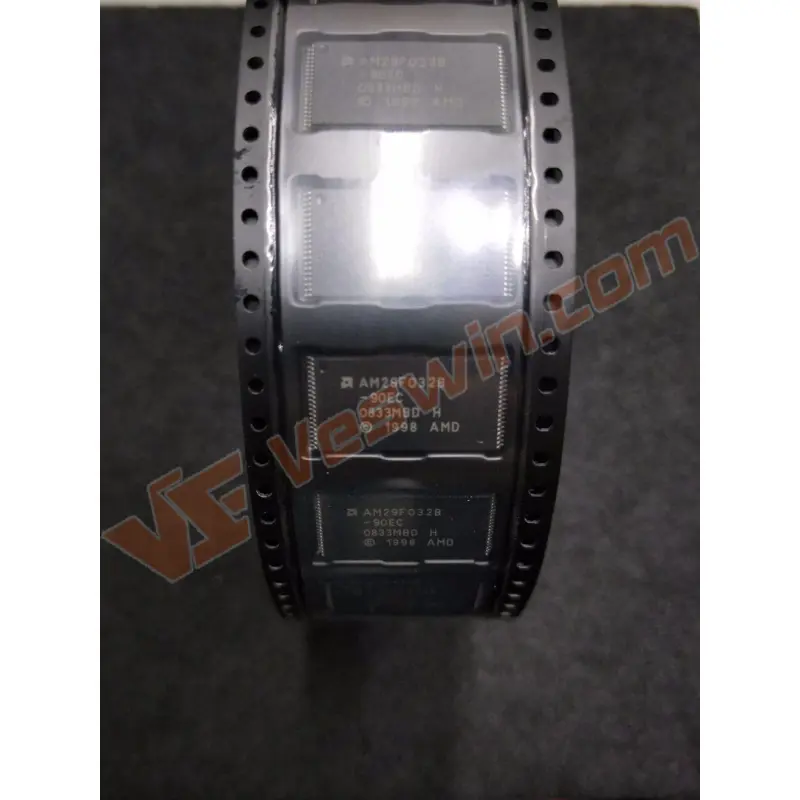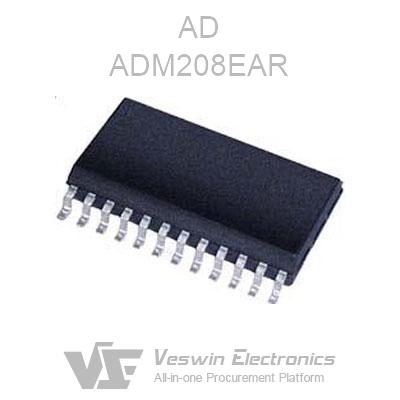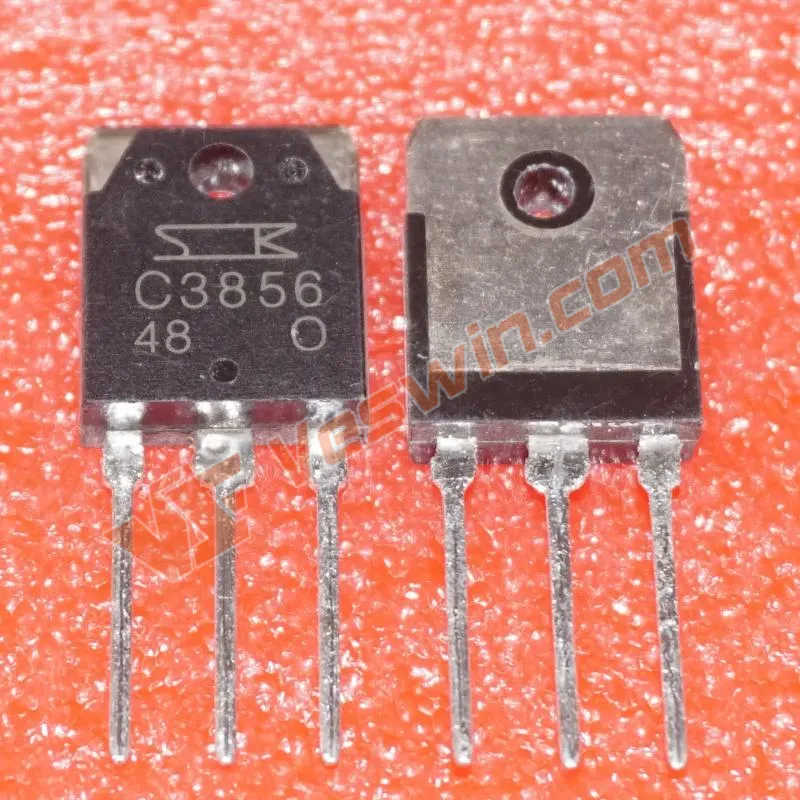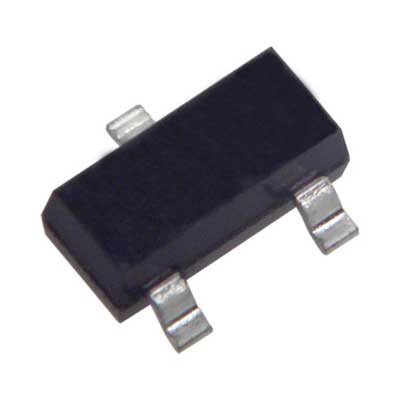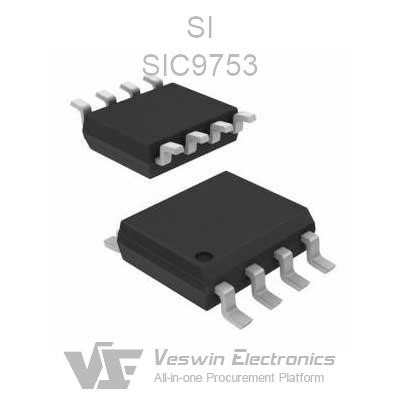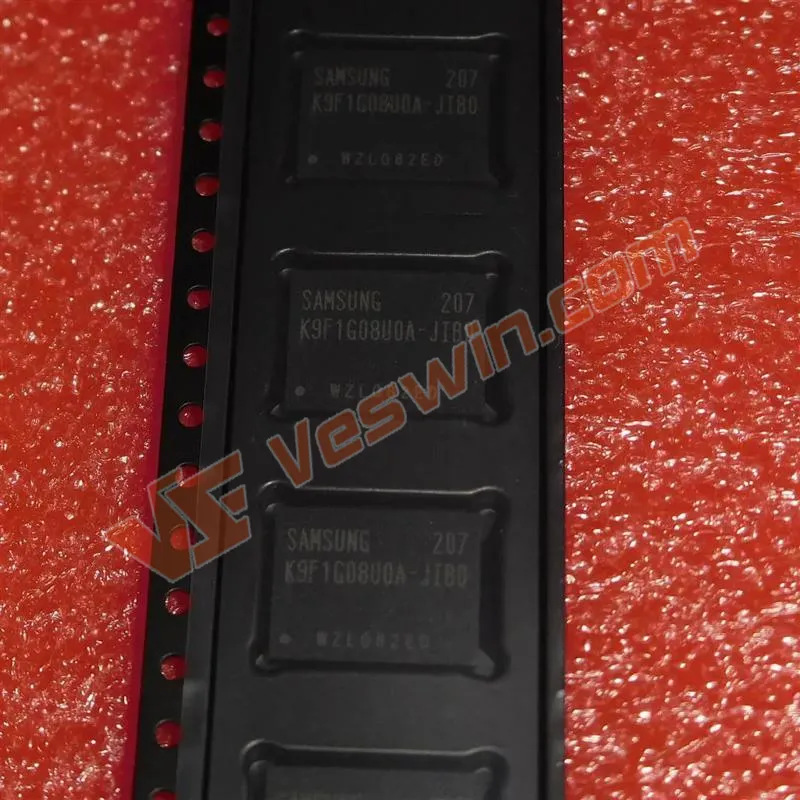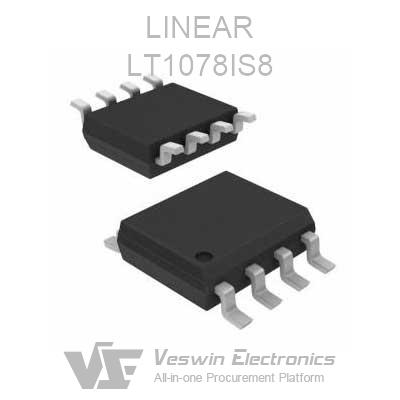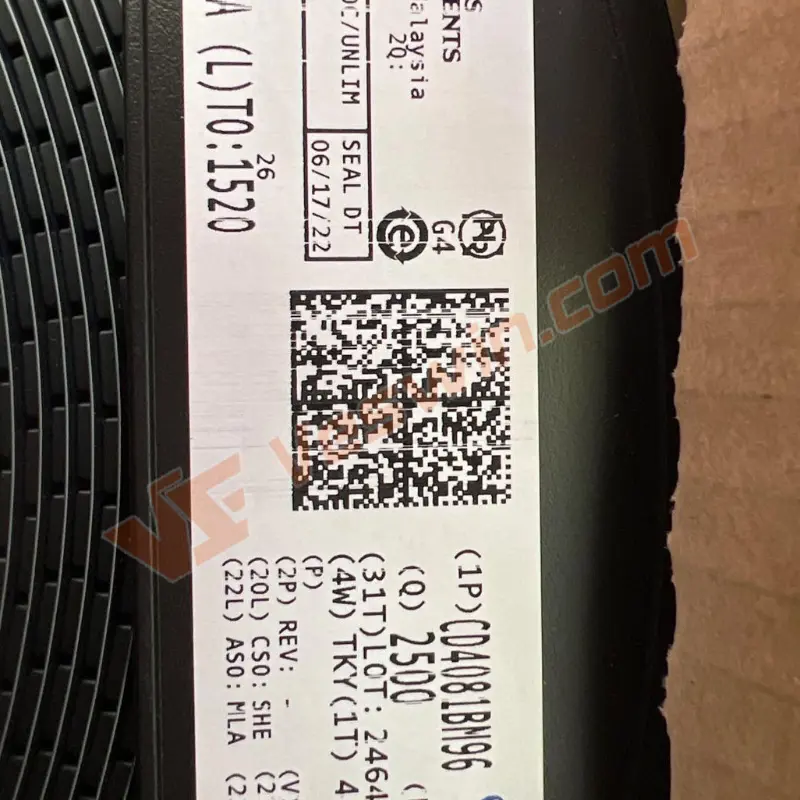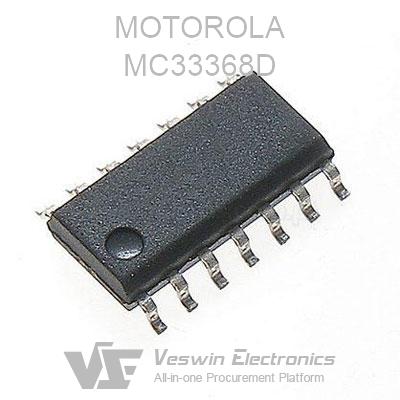IGCT (Integrated Gate-Commutated Thyristor) and IGBT (Insulated Gate Bipolar Transistor) are two semiconductor devices widely utilized in power electronics and electrical power transmission systems. While they share some similarities in their functionality, they possess distinct characteristics and applications.
Meaning: IGCT is a type of thyristor that combines the features of a GTO (Gate Turn-Off) thyristor and a MOSFET (Metal-Oxide-Semiconductor Field-Effect Transistor). It integrates the advantages of both these devices to enhance the overall efficiency and performance in high-power applications.
Characteristics:
High Power Handling: IGCTs are designed to manage high-power applications, making them suitable for various industrial and power transmission systems.
Turn-off Capability: They possess a significant turn-off capability, ensuring effective control and regulation of the power flow within the system.
Robustness: IGCTs are known for their robust design and strong resistance to electrical stress and mechanical damage, ensuring reliable performance in demanding conditions.
Overcurrent and Overvoltage Protection: They often come equipped with built-in protection features, such as overcurrent and overvoltage protection, enhancing the overall safety and stability of the power system.
Suitable for High Voltage Applications: IGCTs are commonly used in high-voltage direct current (HVDC) transmission and medium to high-voltage power distribution systems.
Meaning: IGBT is a three-terminal power semiconductor device that combines the attributes of a MOSFET and a BJT (Bipolar Junction Transistor). It is widely employed in various electronic applications that require efficient power control and switching.
Characteristics:
High Switching Speed: IGBTs offer high-speed switching capabilities, making them ideal for applications that demand rapid switching and precise power control, such as motor drives and power supplies.
Voltage and Current Handling: They can manage various voltage and current levels, providing flexibility in multiple applications, including consumer electronics and industrial systems.
Efficiency: IGBTs are known for their high efficiency and reliable performance, contributing to energy savings and reduced power losses in different power electronic systems.
Versatility: They are versatile devices suitable for various applications, including motor control, renewable energy systems, and household appliances.
External Protection Requirements: IGBTs typically require external protective circuits to ensure safe and reliable operation, especially in high-power applications.
Understanding the distinctions between IGCT and IGBT is crucial for selecting the appropriate device for specific power management and control requirements, ensuring efficient and reliable operation in various industrial and consumer electronic applications.
IGCT (Integrated Gate-Commutated Thyristor) and IGBT (Insulated Gate Bipolar Transistor) are semiconductor devices widely used in power electronics and electric power transmission. While they serve similar purposes, they have distinct differences in their construction, characteristics, and applications.
Here are the critical differences between IGCT and IGBT:
Structure:
IGCT: IGCT is a type of thyristor that combines the gate turn-off (GTO) thyristor and the MOSFET (Metal-Oxide-Semiconductor Field-Effect Transistor) structure. It integrates the turn-off capability of a GTO thyristor with the gate control of a MOSFET.
IGBT: IGBT is a three-terminal power semiconductor device that combines the insulated gate technology of a MOSFET with the high current and voltage handling capabilities of a bipolar junction transistor (BJT).
Switching Speed:
IGCT: IGCTs have slower turn-off and turn-on times compared to IGBTs. Their turn-off time is relatively longer, leading to higher switching losses and limiting their use in high-frequency applications.
IGBT: IGBTs have faster switching speeds, enabling them to operate efficiently at higher frequencies. This characteristic makes them suitable for applications that require high-speed switching, such as motor drives, power supplies, and inverters.
Current and Voltage Ratings:
IGCT: IGCTs are typically used in high-power applications, handling high currents and voltages. They are commonly employed in high-voltage direct current (HVDC) transmission systems, medium to high-voltage power distribution systems, and industrial power systems.
IGBT: IGBTs are suitable for both low and high-power applications, with voltage and current ratings that vary depending on the specific design and application requirements. They are commonly used in consumer electronics, motor control, renewable energy systems, and variable speed drives.
Protection and Reliability:
IGCT: IGCTs have built-in protection features, including overcurrent and overvoltage protection, making them more robust and reliable in high-power applications.
IGBT: IGBTs require external protective circuits to ensure safe operation, as they are susceptible to failure from overcurrent, overvoltage, and overheating. However, advancements in IGBT technology have led to the integrating of various protection features to enhance their reliability.
Applications:
IGCT: IGCTs are primarily used in high-power industrial applications, such as high-voltage power transmission systems, static VAR compensators (SVCs), and medium to high-voltage motor drives.
IGBT: IGBTs find widespread use in various applications, including motor drives, renewable energy systems (wind and solar power), uninterruptible power supplies (UPS), electric vehicles, and household appliances.
In summary, while IGCTs and IGBTs are critical components in power electronics, their structural differences, switching speeds, current and voltage ratings, protection features, and application areas distinguish them. Understanding these differences is crucial for selecting the appropriate device for specific power control and conversion requirements.
You May Also Like: MCP2200 CONTROL CHIP: ADVANTAGES, DISADVANTAGES AND DETAILED INTRODUCTION TO APPLICATIONS
Hot News
